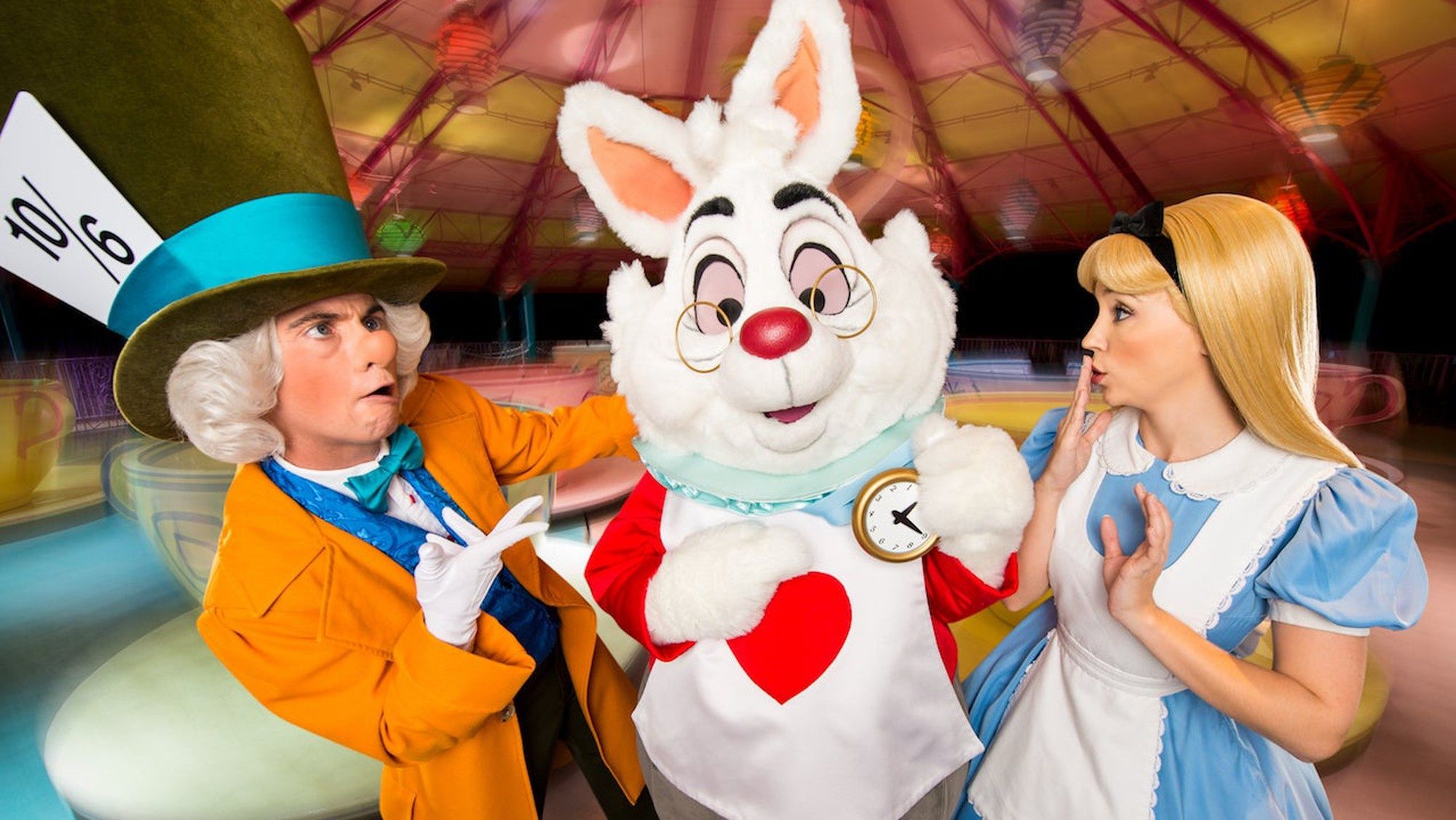Some people might be wondering how Disney (DIS 0.11%) stock can be up 3% after the company reported a decline in overall earnings. The answer is pretty simple: That money was put to good use.
Whether we like it or not, everything is about streaming right now, and the costs that ate into Disney's fiscal fourth-quarter earnings were largely invested in the start-up of Disney+, Hulu, continued development of ESPN+, and the integration of the Twenty-First Century Fox acquisition. We're talking about a huge content library with multiple methods of distribution. The potential here is such that a simple earnings beat relative to expectations was enough to drive the stock upward.

Image source: Getty Images.
Quarterly growth is good, but streaming is expensive
Disney's fiscal fourth quarter showed continued strength in the growth of the business, coupled with the pressing costs of building out its streaming operation.
- Disney's revenues experienced a 34% increase year over year to $19.1 billion.
- The costs of investments in streaming ate into that revenue, driving operating income from continuing operations down 61% to $1.26 billion.
- Total operating income increased 5% to $3.44 billion.
- Again, the big costs incurred in streaming hit net income by 66%, bringing it to $785 million. That income breaks down to $0.43 per diluted share. That's a 72% decrease year over year.
- For me, the most bothersome stat by far was the 85% decrease in free cash flow to $409 million.
Full-fiscal-year numbers down, but eyes are on the future
The full-year report saw a similar overall trend, as costs have really put a damper on Disney's financials.
- Revenues grew a strong 17% to $69.57 billion.
- Operating income declined 5% to $14.86 billion.
- Net income declined 17% to $10.44 billion.
- That income broke down to diluted earnings of $5.77 per share.
- Annual free cash flow declined by 89% to $1.11 billion.
When looking at these financials, it's all about how they tie into the future. Disney incurred these weaker financials due to its efforts to jump in on streaming. In terms of a valuation thesis, you have to be willing to believe that these costs will yield payoffs in the future returns of Disney+ and Hulu. When you look at Netflix, it's clear that the growth potential is there for a well-funded streaming service. The streaming pioneer has produced huge gains in memberships and revenue over the years. Its pitfall has been negative cash flow. For Disney, it's a matter of providing a content library that's strong enough to drive demand while avoiding the cash-flow pitfalls Netflix has endured.
Traditional areas of the business are carrying the load
Right now, the more traditional areas of Disney's business are covering the costs of this transition. Media network revenue grew 22% in the fiscal fourth quarter to $6.51 billion, while operating income declined 3% to $1.78 billion. Within cable networks, revenues gained 20% to $4.2 billion, while overall operating income declined by $19 billion to $1.3 billion.
Disney credited the shift to strength to the inclusion of Twentieth Century Fox, while ESPN dragged on the segment. ESPN has been a tricky area for Disney. While it's a massive piece of the business, recent years have seen increased uncertainty about how Disney can grow the sports media titan. It was noted in Disney's earnings release that higher program costs are only being "partially offset by higher affiliate revenue." It has cost the business more money to get NFL, MLB, and college sports broadcast rights.
The broadcasting portion of media remained strong from a revenue perspective. Revenues grew 26% to $2.3 billion, but overall operating income declined 4% to $377 million.
The parks/experience segment was much stronger from an income perspective. These revenues represented the largest portion of the business at $6.65 billion, an 8% increase year over year. Operating income from this segment grew 17% to $1.38 billion.
Studio entertainment saw a whopping 52% increase in revenues in the fourth quarter. Operating income grew 79% to $1.08 billion.
Direct-to-consumer revenues are easily the fastest-growing segment of Disney. Revenues increased to $3.43 billion versus $825 million a year ago. The flip side here is the big losses stemming from the segment. Total operating losses added up to $740 million in the fiscal fourth quarter. These losses were easily attributable to the integration of Hulu and the investment in the ramp-up of Disney+.
What it all means for investors
Looking ahead, Disney has to use its incredible strength in studio entertainment to drive its direct-to-consumer business. The strength of its content gives it a huge library and incredible edge on the competition. To me, Disney's future growth lies in the complementary relationship between its studio and its developing direct-to-consumer segment, and this is why the stock remains strong despite the weaker overall financials.
My positive stance on Disney does go against my value strategy a bit, as the stock certainly trades at quite a premium to earnings. Nonetheless, I think the potential here is just too strong to pass up. I rate Disney a long-term buy. The company is making all the right moves to position itself within the future of content delivery. It remains a blue-chip name to hold in your portfolio.






